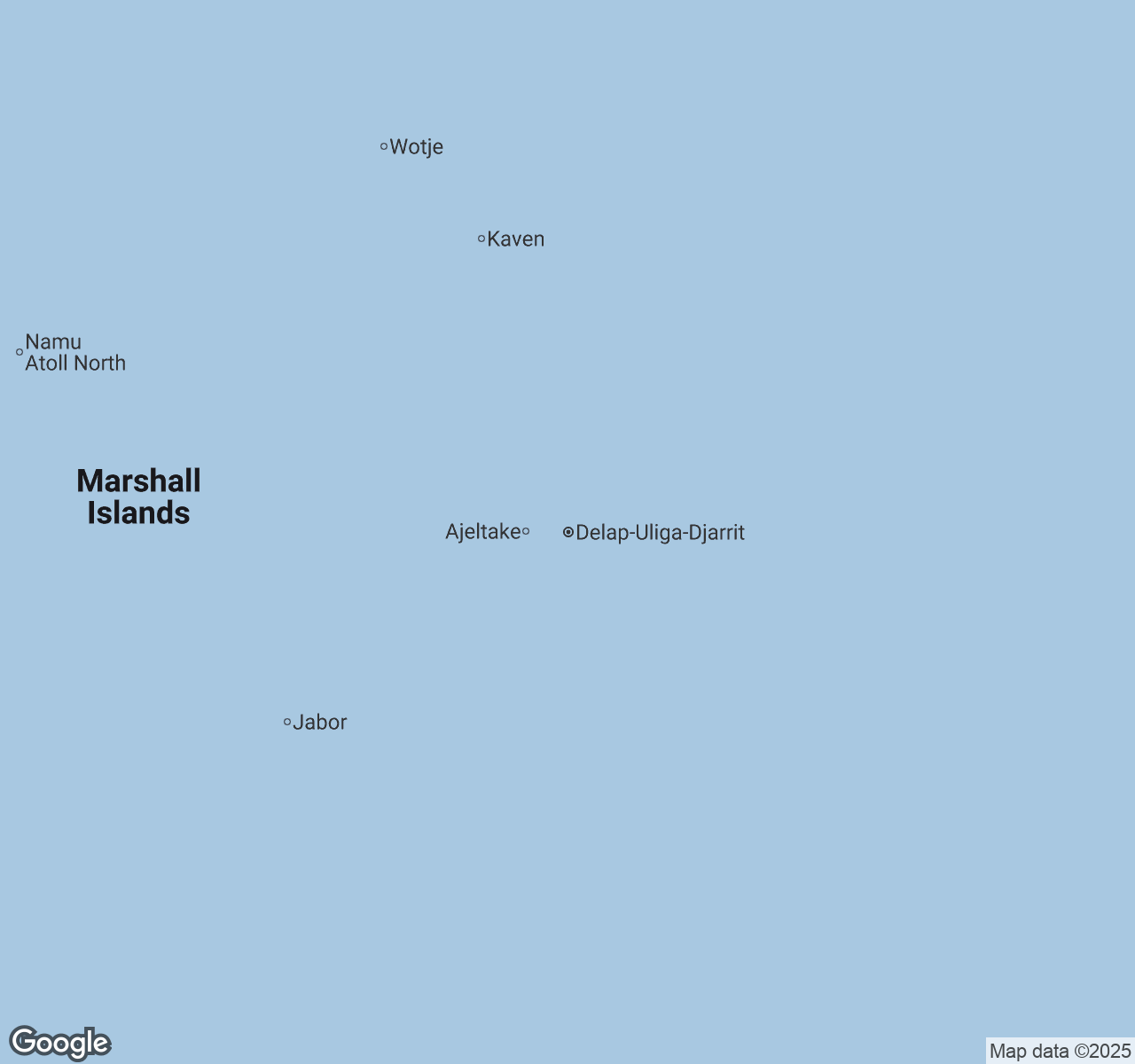
Things to Do in Majuro
Discover the best of Majuro
Plan Your Trip
Essential guides for timing and budgeting
Top Things to Do in Majuro
Discover the best activities and experiences. Book now with our trusted partners and enjoy hassle-free adventures.
Your Guide to Majuro
About Majuro
Rising like a delicate crescent from the vast Pacific, Majuro Atoll embodies the raw beauty and resilient spirit of the Marshall Islands. This slender ribbon of coral and sand, barely visible from space yet profoundly significant to those who call it home, offers travelers an intimate glimpse into authentic Micronesian life. Here, coconut palms sway over lagoons so crystalline they mirror the endless sky, while outrigger canoes drift past in timeless rhythm. The capital's bustling markets overflow with fresh tuna and pandanus crafts, their busy energy contrasting beautifully with the atoll's serene outer reaches. Majuro whispers rather than shouts its attractions – pristine diving sites where WWII wrecks rest alongside thriving coral gardens, traditional villages where ancient navigation techniques are still practiced, and beaches where the only footprints might be your own. This is a destination for the culturally curious and environmentally conscious, where every sunrise over the lagoon feels like a private performance and every interaction reveals the profound warmth of Pacific island hospitality.
Travel Tips
Transportation: Rent a car from Robert Reimers Enterprises or RRE for maximum flexibility, as public buses run infrequently. The main road circles the atoll in about 45 minutes. Book rental cars well in advance, especially during government meeting seasons when demand peaks significantly.
Money: US dollars are the official currency. Bring cash as ATMs are limited to Bank of Marshall Islands and few establishments accept cards. Budget $100-150 daily for meals and activities. Credit cards work only at major hotels and some restaurants.
Cultural Respect: Always ask permission before photographing people or traditional ceremonies. Remove shoes when entering homes and cover shoulders/knees when visiting villages. Sunday is strictly observed – most businesses close and beach activities should be respectful of local customs.
Food Safety: Stick to well-cooked meals at established restaurants like Tide Table or DAR. Avoid raw fish unless from reputable sources. Bottled water is recommended despite treated tap water. Try local specialties like breadfruit and coconut crab at weekend markets for authentic flavors.
When to Visit
Majuro enjoys a tropical climate year-round with temperatures consistently between 80-86°F (27-30°C). The dry season (December-April) offers the most comfortable conditions with average rainfall of 6-8 inches monthly, northeast trade winds providing cooling relief, and calm seas perfect for diving and snorkeling. This peak season sees accommodation prices increase 20-30%, requiring advance bookings. May through November constitutes the wet season, with rainfall reaching 12-15 inches monthly and occasional tropical storms, though brief afternoon showers are more common than extended downpours. Off-season pricing drops 25-35%, making it ideal for budget travelers who don't mind humidity and intermittent rain. The Marshall Islands Constitution Day (May 1) features traditional dances, canoe races, and cultural displays, while Fishermen's Day (first Friday of July) celebrates the nation's maritime heritage with fishing competitions and seafood festivals. Christmas and New Year bring unique island celebrations blending Christian traditions with Marshallese customs. Independent travelers seeking real feels should consider the shoulder months of May and November, offering moderate weather, reduced crowds, and better prices while avoiding the wettest period of August-September when typhoon risks peak.

Majuro location map